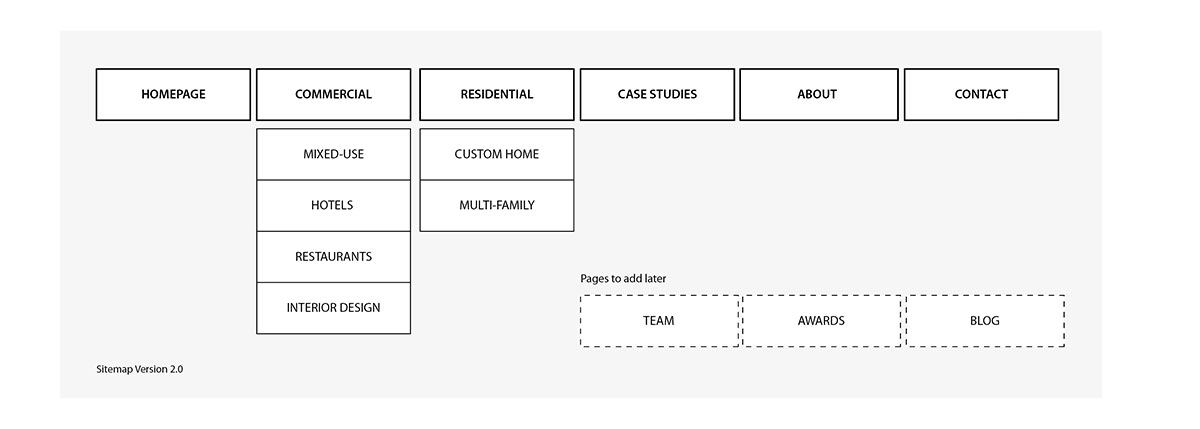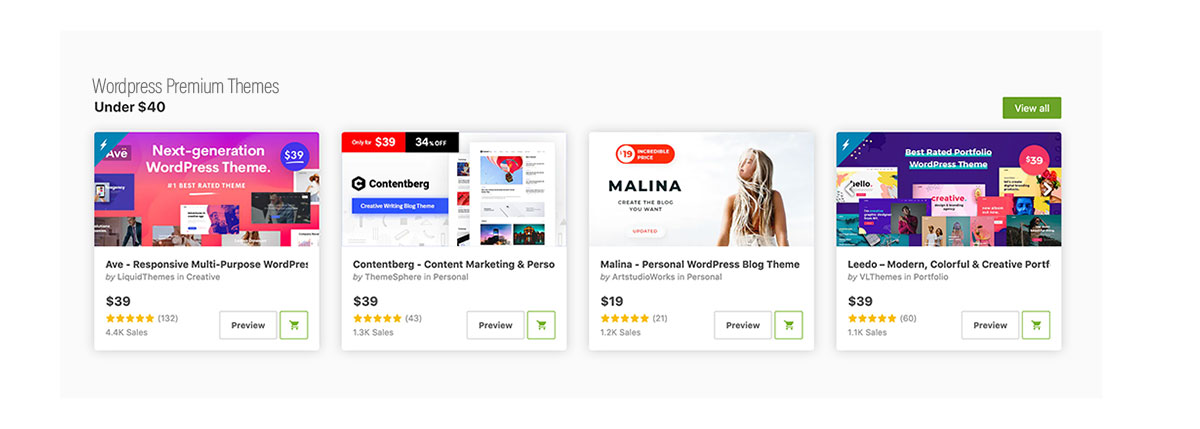
Before launching a new project, the first key to success is often understanding the process and the steps behind completing each task. In today's market, we're always being sold "quick & easy" solutions; some people may tell you that building a website is easy, that they know someone who has done it. However, each solution, whether it's easy or difficult, has a different level of quality, durability and functionality that is important to consider before making your choice. If you choose the quick and easy route for your business marketing tools, that is usually the best way to get poor results. Instead, building a quality website will take more time, but it will separate you from the competition, and your investment will be worth it.
Drawing the Plan
The first step in building your website is to create a site map. This will help you identify the important pages you need, the main menu and the navigation flow of your website. Most websites have similar pages like the Homepage, the About page, the Blog page and the Contact page. But the success of your organic search engine ranking will be determined by your service and/or product pages. Our SEO services will help you objectively choose the specific pages to add to your site by following the keyword research results for the best opportunities in your market. Then, we'll work together to create a strategic site map, designed for success, until you are fully satisfied with your website's building plans.

Building the Structure
The next step is to build the structure to support the content you need to share on your website. We usually start building a specific service page, to create a template that we'll reuse throughout the site. To achieve that, we help you write a text draft for this page into paragraphs that answer questions like who, what, when, where, why and how. Those paragraphs become the founding blocks that we'll use for the different types of content and functionality your site needs. For example, the "What" could be a header picture with text, the "Why" a 3-column text block, the "How" a slideshow block. The possibilities are endless: We can create blocks with icons, blocks with pictures, contact forms, video blocks, latest post blocks and many more. Now that your structure is set, you can draft the content for all the pages while we create a demo for your new website.
Creating the Image
Once your demo is up and running, the third main step is to style the website to reflect your business' brand. The timeline for this step will differ, depending on whether you decide to create a custom design or use a premade template. If you choose to work with WordPress, the first step is to find a list of available templates that illustrate your business' image. WordPress already offers a range of free templates; however, you can search online for premium WordPress templates for a more advanced design. With Drupal, working on a custom design will take more time and effort, but the resulting website will be fully personalized and unique. The web development process for this step is about finding the right visuals, discussing the possibilities and differences of various styles, and making the right design choices for your business. Once we have selected the styles for all the blocks, plus the colors, the images and other media we'll use, we include them into the demo we've created for you. At this point, your website is mostly complete, so we proof the content of your site and make any final, necessary adjustments.

To Conclude
And, now that we have everything together, we prepare your website for its launch. The final steps of the web development process are to test every function of the website, as well as its responsiveness to be sure it fits on all screen sizes, from phones, to tablets, to desktops. After this final review, we get ready to launch! We remove the under construction page and index your site map to all the major search engines.
Still have more questions? We understand and would like to help you. Contact us now to schedule your free consultation. You can also visit our Web Development page for more information.



